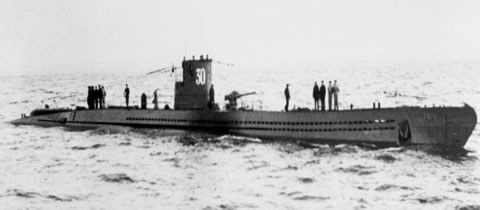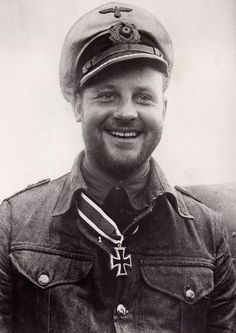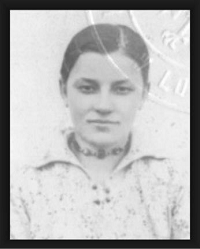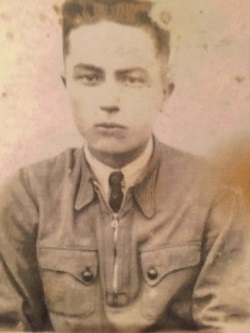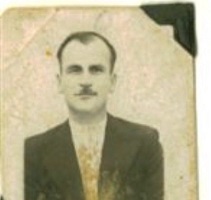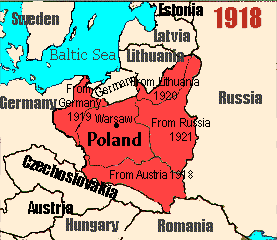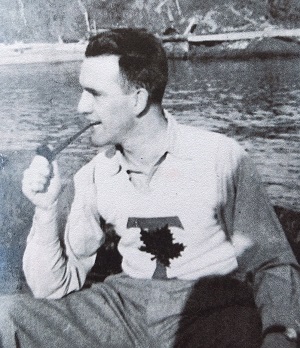On Sunday afternoon, Sept. 3, 1939, the German submarine U-30 sailed into its combat patrol area in the northernmost reaches of the sea lanes leading into and out of the British Isles. U-30 was commanded by Oberleutnant Fritz-Julius Lemp, a young but well-respected U-boat captain (see blog post “Fritz-Julius Lemp, Part 1,” May 14, 2016).
Two hours earlier Lemp had learned of the declaration of war between Germany and England. He understood from his commanders he was not to attack Royal Navy ships in order to avoid embarrassing the British at the outset of hostilities when there still might be a chance to reach a peace agreement. Lemp’s principal targets were to be cargo ships.
Attacks on merchant shipping were governed by complicated “prize rules” established by international treaties. If Lemp discovered a British merchantman sailing without naval escort, he had to surface to give warning before attacking. Once the ship stopped he was required to board the vessel to determine if she carried any war material. If contraband was found, the rules allowed him to sink the ship, but only after its crewmen were safely away in lifeboats. Passenger ships could not be attacked under any circumstance.
The rules were further complicated by the British practice of outfitting some merchant ships with naval guns. These “armed merchant cruisers” would assist Royal Navy warships in patrolling Britain’s shipping lanes. A few cargo ships were turned into so-called “Q-ships,” merchantmen with their guns hidden from view. Any unsuspecting U-boat that came to the surface to give warning with intent to board such a ship would quickly become the prey instead of the hunter.
Shortly after entering his combat zone that Sunday afternoon Lemp spotted a large freighter and gave chase. He broke off the chase, however, when he discovered the ship was from Norway, a neutral country, and thus immune from attack. After several hours of fruitless searching U-30’s lookouts spotted a large ship on the northeastern horizon, sailing alone and heading west. Lemp put his boat on a course to intersect the mystery ship and the two slowly converged over the next three hours.
To avoid detection, U-30 submerged shortly before sunset at 7 p.m. Although Lemp hadn’t been able to determine the ship’s nationality, he may have suspected she was a merchant cruiser. The ship was sailing well north of the merchant shipping lanes, proceeding in an evasive zigzag pattern and was blacked out to avoid detection at night.
With darkness falling and the big ship now only about 1,500 yards away, Lemp decided to attack and likely fired at least two torpedoes. His first shot was the only one to hit home, but it proved to be fatal. Though he didn’t know it at the time, Lemp had become a footnote of history – the man who commanded the first successful U-boat attack on a British ship in World War 2.
Unfortunately the ship he had struck was the passenger liner TSS Athenia, exactly the type of ship he was forbidden to attack under international law.
Lemp’s story continues in our next blog.


